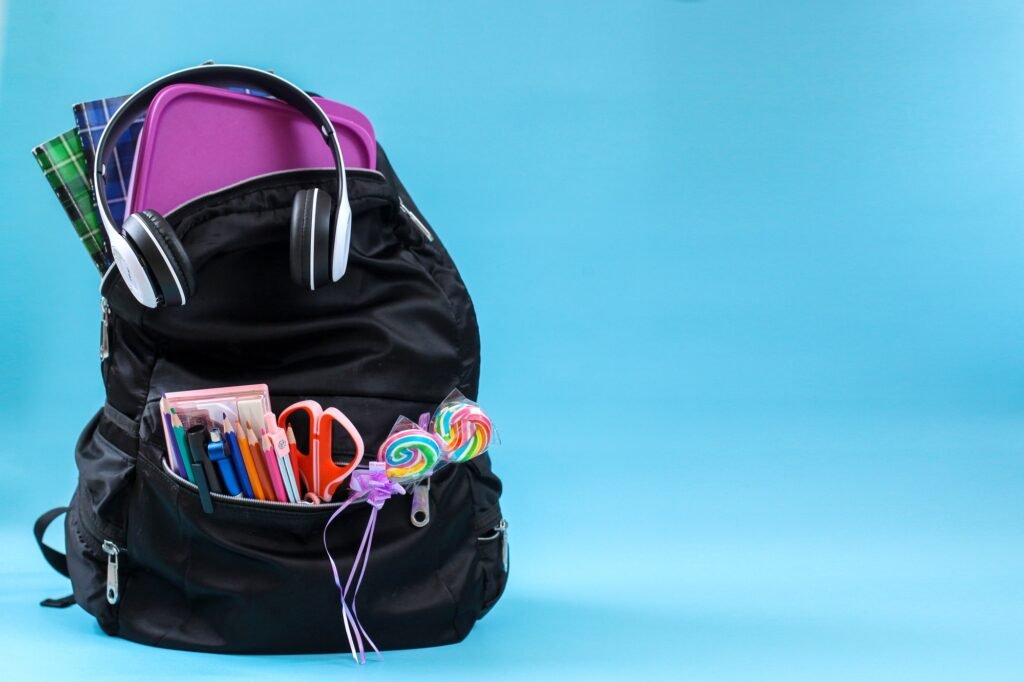What Your Schoolbag Says About Your Culture
From Japan’s iconic Randoseru to Sweden’s Kånken and America’s JanSport, schoolbags are more than containers for textbooks. They reflect national culture, educational philosophy, and generational memory. These “national schoolbags” stand the test of time, crossing borders and age groups. Their distinctive designs, durability, and emotional value link childhood with social values and style.

Why Randoseru Is a Japanese Rite of Passage
Every spring in Japan, cherry blossoms bloom and first-year students appear with shiny new Randoseru on their backs. These leather or synthetic backpacks symbolize the start of elementary school. Inspired by the Dutch military ransel, the Randoseru gained popularity in elite schools like Gakushuin. Educators promoted it to encourage independence and reduce students’ reliance on servants.
Randoseru’s design reveals Japan’s deep respect for structure and safety. Its box-like shape protects books—and acts as a shock absorber during falls. Designers integrate features like ergonomic support for spinal health, side hooks for safety alarms, and construction that lasts six years of schooling.
Grandparents often gift Randoseru as a token of love and support. The act carries emotional weight and reinforces family ties. Randoseru also appears frequently in anime and manga such as Recordator and Backpack, making it a symbol of childhood and collective identity.
Why Kånken Represents Sweden’s Outdoor Soul
The Kånken backpack debuted in 1978. Åke Nordin created it to prevent back pain among Swedish schoolchildren. He used lightweight Vinylon F fabric and a square design that reflected Sweden’s values—nature, equality, and practicality.
Its minimalist features include a large main compartment, two side pockets, and a front pouch. Inside, you’ll find a removable cushion for back support or outdoor sitting. This design encourages children to explore nature and embrace the Swedish idea: “There’s no bad weather, only bad clothing.”
Kånken’s affordable price and wide color range made it accessible across class lines. Every child could own one, reinforcing social equity. It later evolved into a global fashion icon, worn by style-conscious youth and even royalty.

Why JanSport Defines American Teen Spirit
While Randoseru reflects collectivism, JanSport celebrates individuality. Launched in the 1970s, JanSport quickly became a staple on American campuses. Its soft nylon body and simple design give students creative freedom.
Teens turn JanSport into a personal canvas. They draw on it, add patches, and hang their favorite trinkets. Each backpack becomes a visual diary of their identity. In pop culture, JanSport features prominently—take Twilight, where Bella’s plain bag complements her quiet charm.
For American students, a JanSport tossed by the locker or beside a desk evokes teenage freedom, friendship, and growing pains.
How Schoolbags Reflect Cultural DNA
The “national schoolbag” reveals deep cultural values. Randoseru’s tough build and obsession with detail mirror Japan’s product standards and group-conscious parenting. Uniform design shapes children’s sense of belonging.
Kånken promotes simplicity, nature, and egalitarian values. Its form follows function—minimalist design supports Sweden’s outdoorsy lifestyle.
JanSport empowers teens to self-express. In a country where freedom reigns, this blank-slate backpack lets individuals create their own narrative.
Why These Backpacks Never Go Out of Style
Over time, these bags moved beyond school gates. In Tokyo, fashionistas sport Randoseru as statement pieces. Zooey Deschanel once sparked buzz with a red Randoseru—transforming it into an adult accessory with nostalgia appeal.
Meanwhile, Kånken has become the go-to bag for creatives worldwide. Its bold shape and round logo make it a quiet fashion flex. Retro styles like JanSport also return to the spotlight, riding waves of nostalgia and youth rebellion.
Randoseru, Kånken, and JanSport carry more than books. They hold memories, values, and cultural history. Each backpack is a time capsule. Ordinary items, when layered with emotion and meaning, evolve into iconic symbols.



